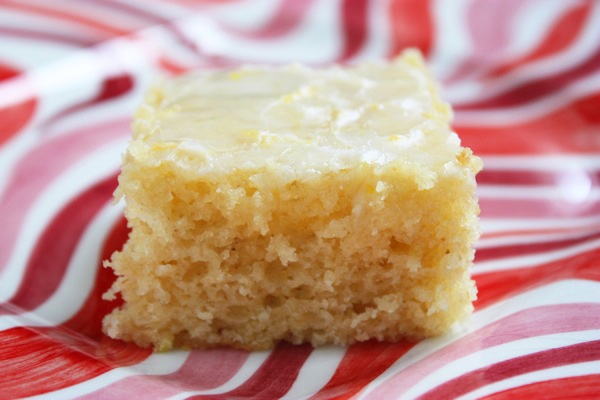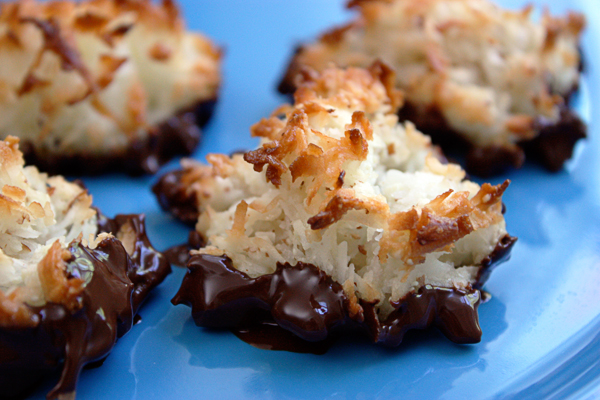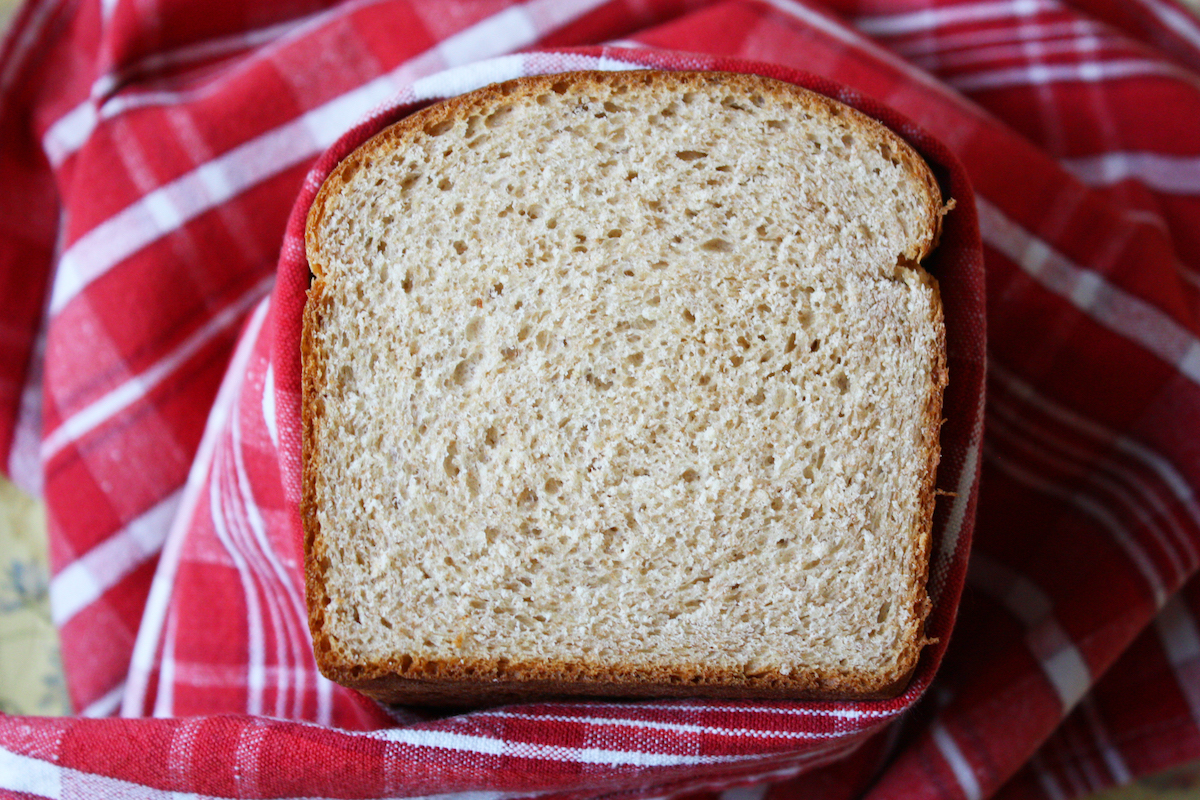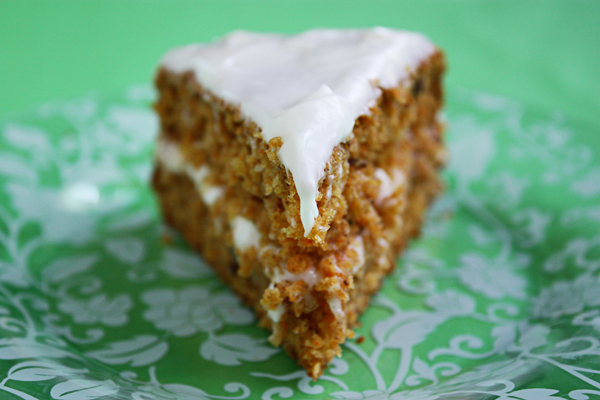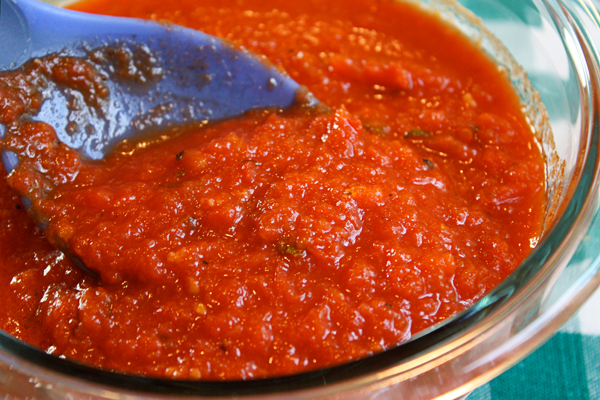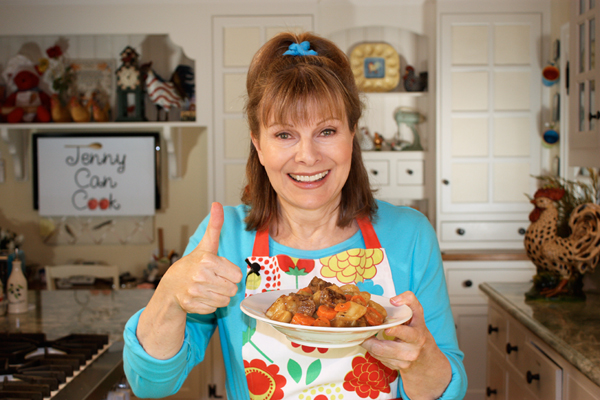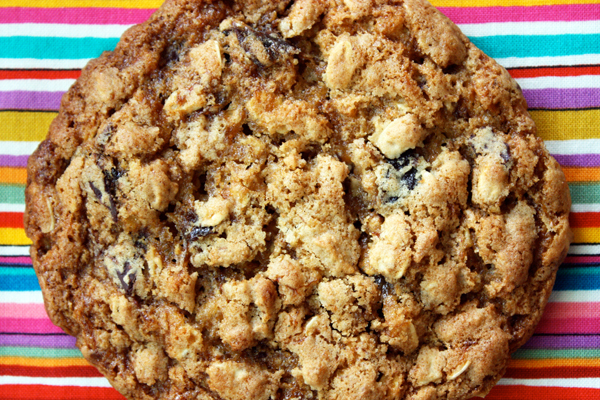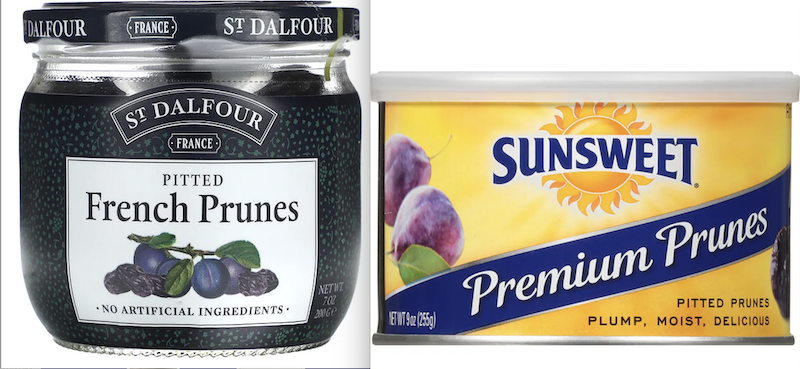Any time I can make a recipe better or healthier, I’m always willing to try. I was craving lemon brownies today (maybe because my lemon tree is getting full!) so I decided to make lemon brownies and this time, I decided to experiment with whole wheat pastry flour. “These are just for me,” I thought, “so if they don’t turn out, nobody has to eat them.” I expected they would be too dense and heavy but you never know if you don’t try and any time I can bake with whole grains, I do it. I just assumed it would not work with my light and soft lemon brownies.
Guess what? They were fabulous!!! I seriously could not tell the difference from the original ones I made. All I did was replace the all-purpose flour with whole wheat pastry flour and now my lemon brownies are even healthier: no butter and no white flour! I could hardly wait to share this with everyone because “Easiest Lemon Brownies” is one of my most popular recipes. Even the picture looks the same.
Whole grains worked with my chocolate brownies and now the lemon ones too. I guess I should have known but this was a learning experience for me, to always be open to making things better. I’m so glad I decided to try this and I have just changed the printable recipe to include the whole wheat pastry flour. Everything else stays the same. If you haven’t tried them yet, you should. I just had one that was still warm. Make that two. Click here for the recipe. – Jenny Jones


